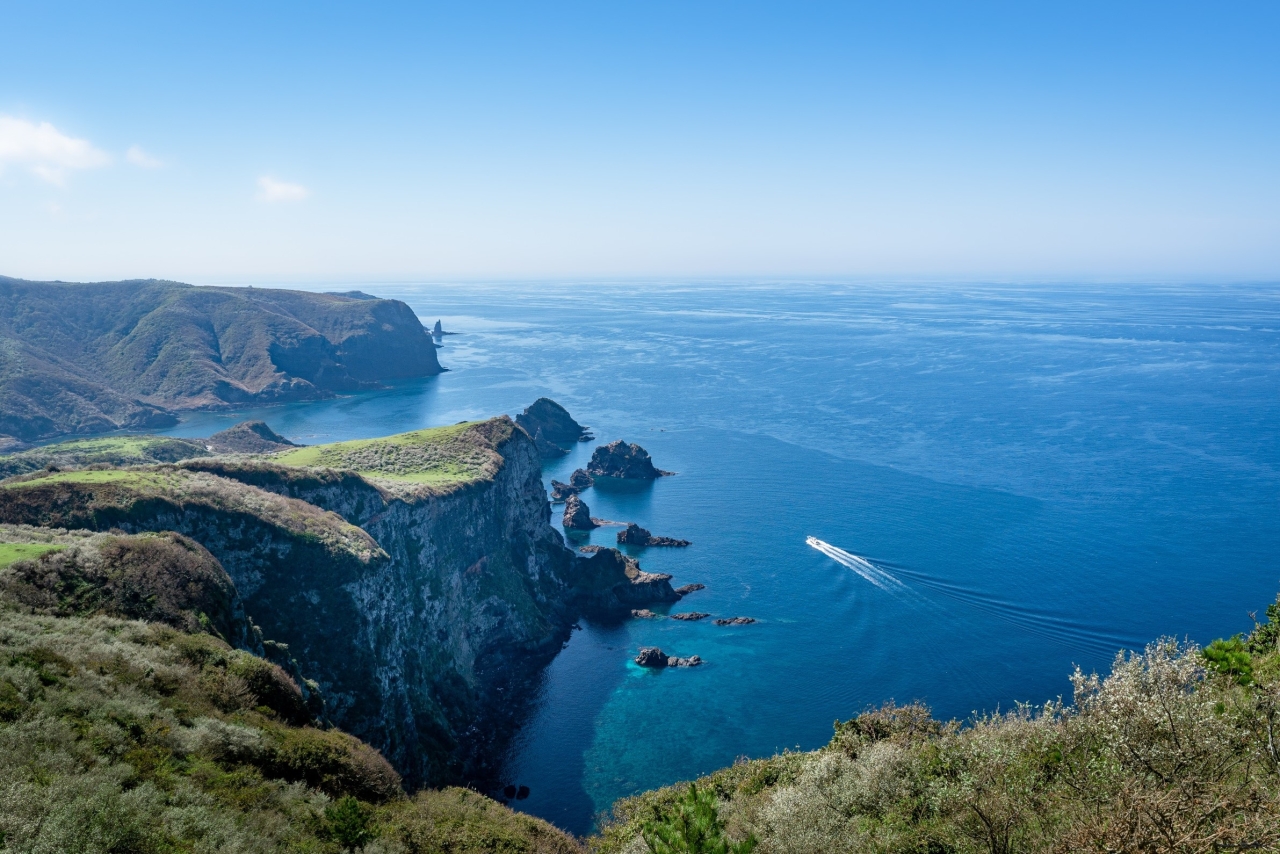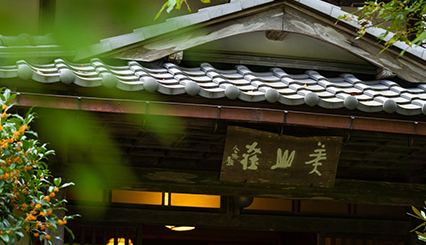CASE STUDY
Search by area
Search by keyword
- All
- Ryotei & Restaurants
- Lodging/Hotels
- Producers
- Technology
- DX (Digital) & SNS
- City Planning
- Utilization
- Gastronomy and Culinary
- Japanese Nature
- Japanese history and traditional culture
- Japanese Food Culture
- Agriculture
- Fisheries
- SDGs
- Local production for local consumption
- Foreigner Activation
- Experience
- Overseas Expansion
- Fermentation
- Public-private partnerships and collaborations
- Sake
- Community Revitalization
- Spirituality
- Japan of the Sea
- Mountain Japan
VIEW ALL
-
Chugoku
19 Finding Value in What Is Available The Fascinating Nature, People, History, and Food Culture of the Oki Islands
The Oki Islands are located 40–80 km north of the Shimane Peninsula. The Oki Islands consists of 180 islands of various sizes, four of which are inhabited, and blessed with abundant nature. These nature-rich remote islands have long been a place for interaction between people and culture. Historically, there were well-known as the place where Retired Emperor Go-Toba and Emperor Go-Daigo were banished, while the islands also flourished as a stopover for ships sailing the Sea of Japan during the Edo period. The rich and diverse cultures that have developed throughout this long history has been carried on to the present day. Fascinated by the charming way of life, many people have also moved to the Oki Islands. Records of the Oki Islands appear as far back as in the Kojiki, or Chronicles of Japan. Looking back on this history, today these migrants are working to create a new future for the islands. As remote islands, there are some things that are “missing” from the islands. However, people here have realized what “exists” only on these remote islands.
Read more -
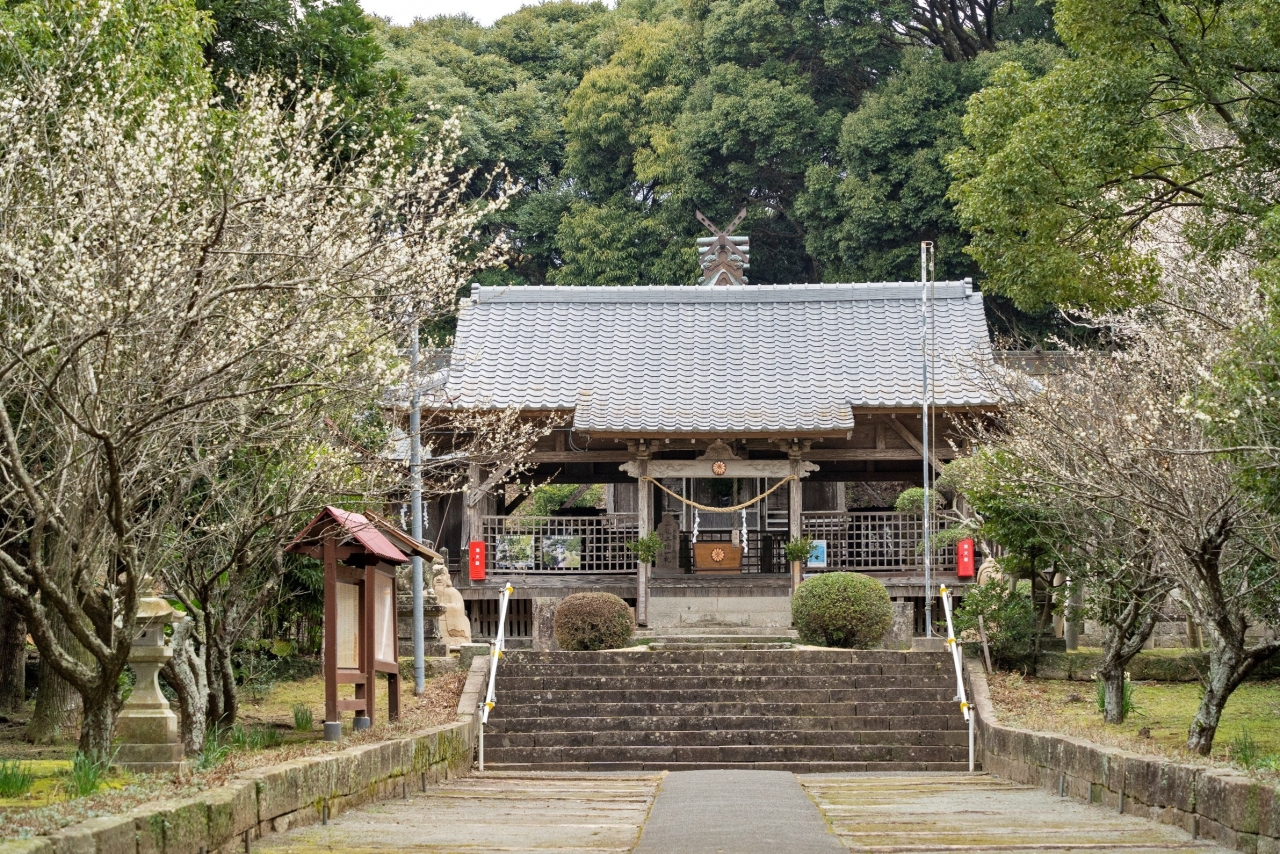
Kyushu
18 A Pioneering Spirit to Spread Satsuma Shochu Worldwide―Satsuma
The stories of the dieties at Takaya Shrine in Minamisatsuma City, Kagoshima Prefecture, are said to have foretold the birth and development of shochu in Kagoshima, and as such the shrine has come to be known as the Shochu Shrine. Traditionally, Kagoshima has not been suitable to rice cultivation—and in turn sake production—due to its high temperatures, high humidity, frequent typhoons, and volcanic soil. During the rule of the Satsuma clan in the mid-Edo period, however, the sweet potato shochu production flourished as a local culture with the arrival of sweet potatoes. From then onward, the industry has overcome the area’s unfavorable geographical conditions by incorporating techniques from overseas, such as unique distillation methods and the use of black koji mold. Doing so helped to develop a unique sweet potato shochu. Toward the end of the Edo period, the Satsuma clan produced many outstanding individuals who helped to drive the modernization of Japan. A pioneering spirit of boldly taking on difficult challenges and creating a new era without being bound by precedent is firmly rooted in this region. Today, the endeavors of various shochu distilleries and their initiatives with local communities are helping to spread the charms of Satsuma Shochu worldwide.
Read more -
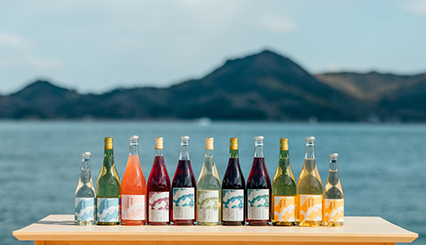
Chugoku
13 Creating New Value—the Setouchi Terroir
SETOUCHIJOZOJO, the closest winery to the sea in Japan, was established in 2021 on the remains of a shipyard in Sunami, an area in Mihara City in Hiroshima Prefecture. Right in front of the winery is Mihara-Seto, where is said to be one of the most popular sights of the Seto Inland Sea for the beautiful landscape of many islands. The winery’s buildings cut the landscape which is picturesque and spreads over wherever you see. The concept for SETOUCHIJOZOJO is “Wine and Winery that Travels around Setouchi.” Utilizing the unique features of each ingredients’ producing regions, they produce wine and cider without any additional sugar, placing the utmost value on the original flavor of the fruits and the producers’ thoughts and ideas. At the winery’s adjoining restaurant, Mio, visitors can enjoy pairing seasonal foods from the Setouchi area and various wines and ciders created from products from the mountains. The restaurant has recently garnering attention as a new tourist hotspot of the Seto Inland Sea. For Yuya Ota, owner of the winery and restaurant, this was not a family business, nor does he have any experience in winery and restaurant management. Ota says that the biggest power in setting up the business from the ground up was “co-creation with regional stakeholders.”
Read more -
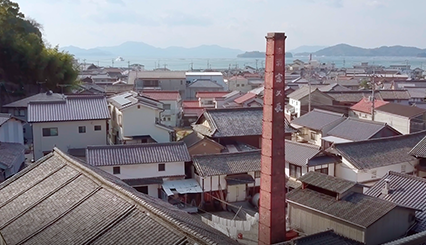
Chugoku
12 Diverse Flavors Brewed by a Fourth Generation Female Master Brewer Carrying the Traditions and Techniques of the Hiroshima-toji into the Future
The town of Akitsu is home to the Hiroshima-toji, a guild of master brewers. Facing the Seto Inland Sea, the town flourished as a port for the shipment of sake rice from the Hiroshima domain during the Edo period. Here one can find Imada Shuzo Honten sake brewery run by master brewer Miho Imada. Imada was the only Japanese on the list of the BBC 100 Women 2020, which showcases women who influenced the world. She was awarded because of working in the world of sake brewing, which has traditionally been a male-dominated society, and continued promoting the appeals of sake to the world, exporting 30% of its production despite being a small brewery. Today, Imada continues to bring the fascination of sake to the world with stories of the Hiroshima-toji. She has created unique tastes such as Fukucho, which is made from Hattanso, an oldest sake rice revived by Imada and have not been produced for more than a century; Seafood, sake with lemon-like acidity designed to be paired with oysters; and Legacy, sake that is used ginjo sake made by previous generations of master brewers, instead of brewing water.
Read more -
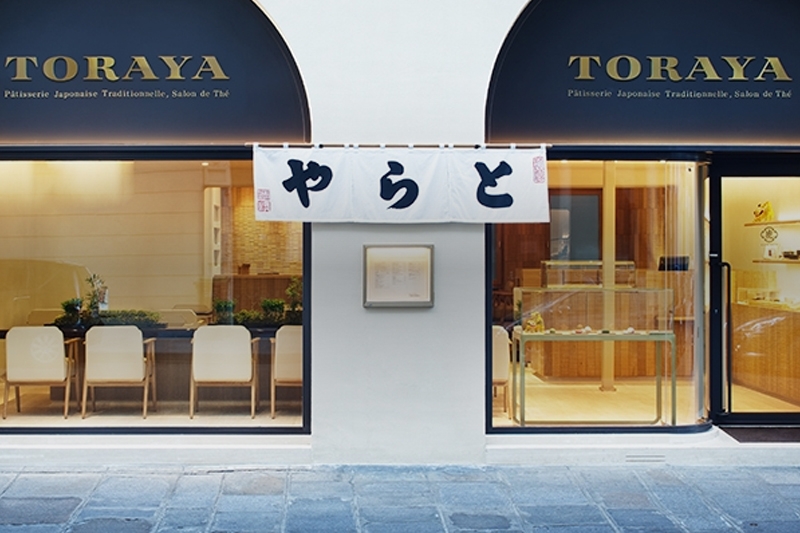
Kita-Kanto
11 Toraya—Aiming for the Future as an Establishment Steeped in History and Tradition
Since its founding in the late Muromachi period about 500 years ago, confection manufacturer Toraya has continued to carry forward the history and culture of wagashi—or traditional Japanese confections—and today is an established name both in Japan and abroad. Toraya became a purveyor to the Imperial Court during the reign of Emperor Go-Yozei (1586–1611), and for centuries has catered to the needs of its patrons. The company has also continued to develop new wagashi for overseas markets and to further extend the reach of its delicious flavors and unique charms. With the aim of taking over Toraya, Mitsuharu Kurokawa, the 18th and current head of the company, crossed over to study in the US while still at high school, and followed this up by accumulating vast experience in a range of settings, including wagashi production sites, the company’s boutique in Paris, and external roles in foreign trade. Here we speak to Kurokawa, who assumed the role of president in 2020, about the company’s management philosophy— to share the pleasures of traditional Japanese sweets(wagashi )—maintaining traditions as a long-established store, his forward-looking strategies for the future, and various other initiatives.
Read more -
Kinki
4 Enjoying Rustic, Exquisite Tsumikusa Cuisine Surrounded by Unchanged Japanese Landscape and Culture
Just under an hour from central Kyoto up steep mountain roads in the Hanase region—often referred to as one of the “back rooms” of Kyoto—is a discreetly positioned inn named Miyamasou. Miyamasou was first established in 1895 as a guesthouse of Bujo-ji Temple. Today, Miyamasou is a place where guests can go back in time and experience the lifestyles of ancient Japanese villages. In a sukiya-zukuri style building designed and constructed by master carpenter Sotoji Nakamura, guests can enjoy a range of rustic dishes that are made using ingredients from the mountains which were hand-picked by chefs. These unique ingredients include wild herbs and wild flowers, fresh water fish such as sweetfish and amago, wild birds, wild boar, deer, and even bear. Miyamasou removes guests from everyday life, providing them with a unique experience that they can fully enjoy with their five senses.
Read more
記事検索
キーワードから探す
- すべて
- Ryotei & Restaurants
- Lodging/Hotels
- Producers
- Technology
- DX (Digital) & SNS
- City Planning
- Utilization
- Gastronomy and Culinary
- Japanese Nature
- Japanese history and traditional culture
- Japanese Food Culture
- Agriculture
- Fisheries
- SDGs
- Local production for local consumption
- Foreigner Activation
- Experience
- Overseas Expansion
- Fermentation
- Public-private partnerships and collaborations
- Sake
- Community Revitalization
- Spirituality
- Japan of the Sea
- Mountain Japan
VIEW ALL


